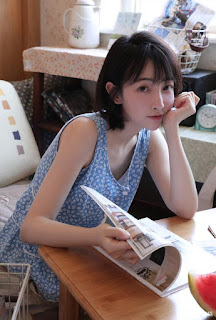The CNN Experimental Results and Comparison
The performance of cuff-less BP measurement using PTT and the proposed CNN was analyzed and compared with the actual SBP and DBP from MIMIC III database. The data samples loaded as a four-dimensional (4D) array.
The first 70% of data related to each subject selected to train the CNN Disposable Gloves Wholesale, the rest of the data were used for testing of the network. Stochastic gradient descent with an initial learning rate of 0.001 was used, and a piecewise drop of 0.1 for every epoch was considered.
The training process conducted with 30 epochs and a mini-batch size of 30. The performance of the proposed method for SBP and DBP estimation against the reference SBP and DBP are shown in Fig. 3. As illustrated in the figure, the majority of points have a reasonable correlation with the reference BP TPE gloves.
We compared the result of this study involving peak detection with our previous study [18]. The root mean square error (RMSE) of estimated and actual BP was calculated. For SBP, the RMSE of 7.79 mmHg reduced to 5.42, which shows significant improvement in decreasing the error in determining BP. Besides, we estimated the DSB, and the RMSE of 7.81 mmHg was calculated. Conclusion In this paper, a CNN-based BP measurement model has been proposed.
This study demonstrated the feasibility of CNN to estimate continuous BP non-invasively without hand-engineered features extraction or calibration. The results showed that CNN could be trained simultaneously with several patient’s data.
More importantly, the results indicated that the estimated SBP and DBP highly correlated with the actual SBP and DBP. Therefore, the proposed approach can be considered as a potential method for SBP,DBP (mmHg) Time(s) Reference SBP,DBP Calculated SBP,DBP Fig. 3. Systolic (up) and Diastolic (down) BP calculated with PTT 26 S. Rastegar et al. increasing the accuracy of BP measurement from ECG and PPG signals. The proposed method achieved a low error, an acceptable regression coefficient as well as eliminating the complexity of engineered feature extraction Disposable Aprons.
Although the preliminary results confirmed the feasibility of the proposed method, the accuracy of the proposed method needs to be improved. In this manner, further research required to optimize the proposed CNN model.
Moreover, as all subjects selected from the MIMIC III database who are hospitalized patients, different experimental protocol, as well as an extended number of subjects, need to be considered for future work.











Comments
Post a Comment